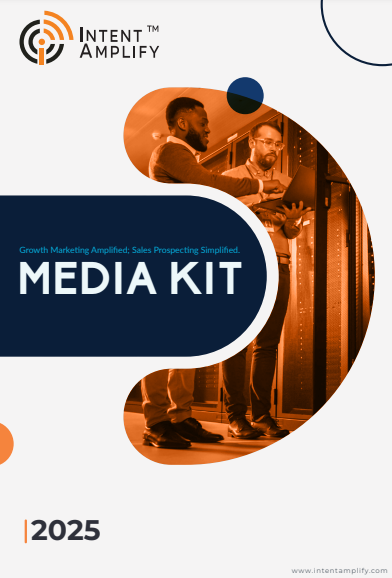
How to Measure the ROI of Your SaaS Email Marketing Strategy
- Last updated on: October 24, 2025
In the competitive landscape of SaaS marketing, demonstrating the tangible impact of email campaigns is crucial. While email remains a cornerstone of B2B marketing strategies, quantifying its return on investment (ROI) often presents challenges. This article delves into advanced methodologies for measuring SaaS email marketing ROI, supported by the latest industry benchmarks and case studies, to provide SaaS marketers with actionable insights.
Understanding SaaS Email Marketing ROI
Email marketing’s effectiveness is underscored by its impressive ROI metrics. According to Litmus, the average ROI for SaaS email marketing campaigns ranges from $36 to $42 for every $1 spent, translating to a 3,600% to 4,200% return. This statistic highlights email’s unparalleled potential in driving revenue when executed strategically. Focusing solely on these metrics can misrepresent success. ROI measurement allows teams to justify marketing spend to leadership, optimize campaigns based on revenue impact, And Align marketing activities with product adoption and customer retention goals.
Key Metrics for Evaluating SaaS Email Marketing ROI
To accurately assess the ROI of email campaigns, SaaS marketers should focus on the following metrics:
1. Customer Acquisition Cost (CAC) via Email
Calculating CAC involves dividing the total cost of SaaS email marketing efforts by the number of new customers acquired through these campaigns. This metric helps determine the efficiency of email marketing in attracting new customers.
2. Customer Lifetime Value (LTV) Influenced by Email
LTV represents the total revenue a customer generates during their relationship with your company. By analyzing how email campaigns contribute to customer retention and upselling, marketers can gauge their impact on LTV.
3. Conversion Rates from Email Campaigns
Tracking the percentage of email recipients who complete desired actions, such as signing up for a trial or making a purchase, provides insight into the effectiveness of email content and calls to action.
4. Revenue Attribution to Email Campaigns
Utilizing attribution models, such as first-touch or multi-touch attribution, allows marketers to assign revenue accurately to email campaigns, providing a clear picture of their contribution to overall sales.
Frameworks to Calculate ROI Effectively
- Revenue Attribution Models:
- Single-touch vs. multi-touch attribution to assign credit to email campaigns accurately.
- Tie email activity to sales and subscription metrics for precise ROI calculation.
- Cohort Analysis:
- Segment users based on sign-up date, product usage, or email engagement to measure long-term impact.
- Helps identify which campaigns generate the highest LTV.
- Campaign ROI Formula (Simplified):
× 100
Advanced ROI Calculation Frameworks
1. Multi-Touch Attribution Models
Implementing multi-touch attribution enables marketers to assign value to each interaction a customer has with email campaigns throughout their journey. This approach provides a more nuanced understanding of email’s role in conversions.
2. Cohort Analysis
Segmenting customers based on their interaction with email campaigns and tracking their behavior over time helps identify patterns and assess the long-term impact of SaaS email marketing on customer retention and revenue.
3. Incremental Lift Analysis
Conducting A/B testing and comparing groups exposed to email campaigns with those who are not can reveal the incremental impact of email marketing on key metrics, isolating its effect from other marketing activities.
Industry Benchmarks and Case Studies
SaaS Email Marketing Benchmarks
- Open Rates: 20%–25%
- Click-Through Rates (CTR): 3%–4%
- Bounce Rates: 0.5%–1%
- Conversion Rates: 5%–7%
These benchmarks serve as a reference point for evaluating the performance of email campaigns in the SaaS sector.
Case Study: 227% ROI Growth
A U.S.-based SaaS company partnered with a B2B Growth Marketing Company like Intent Amplify to implement a 12-week BANT HQL email and telemarketing campaign. The result was a remarkable 227% increase in ROI, demonstrating the potential of targeted email strategies in driving substantial returns.
Tools and Technologies for ROI Measurement
To effectively measure and optimize SaaS email marketing ROI, SaaS marketers should leverage advanced tools and platforms:
- HubSpot: Offers comprehensive analytics and reporting features to track email performance and ROI.
- Marketo: Provides advanced segmentation and attribution capabilities for detailed ROI analysis.
- Salesforce Marketing Cloud: Integrates email marketing efforts with CRM data for holistic ROI measurement.
- Customer.io: Enables behavioral email automation and detailed performance tracking.
- ActiveCampaign: Combines email marketing with CRM functionalities to assess ROI effectively.
Best Practices for Enhancing SaaS Email Marketing ROI
To maximize the ROI of email campaigns, consider implementing the following strategies:
- Segmentation: Tailor email content to specific audience segments to increase relevance and engagement.
- Personalization: Utilize customer data to personalize email content, enhancing its effectiveness.
- A/B Testing: Regularly test different elements of emails, such as subject lines and calls to action, to identify the most impactful variations.
- Mobile Optimization: Ensure emails are optimized for mobile devices, as a significant portion of users accesses emails via smartphones.
Conclusion
Measuring the ROI of SaaS email marketing is essential for demonstrating its value and optimizing future campaigns. By focusing on key metrics, employing advanced analytical frameworks, and learning from industry benchmarks and case studies, SaaS marketers can enhance the effectiveness of their email strategies and drive significant business growth.
FAQs
1. How do I know which attribution model is best for my SaaS email campaigns?
Choosing the right model depends on your sales cycle and campaign complexity. Multi-touch attribution works well for longer SaaS sales cycles with multiple touchpoints, while first-touch or last-touch may suffice for simpler, short-cycle campaigns.
2. What’s the minimum data needed to accurately measure ROI for SaaS email marketing?
At a minimum, track email costs, number of leads generated, MQL→SQL conversions, revenue influenced, and engagement metrics like CTR and activation. More granular data like cohort behavior or lifecycle stage improves accuracy.
3. How frequently should I review and optimize ROI metrics?
Monthly reviews are ideal for campaign-level insights, while quarterly analysis helps identify long-term trends, benchmark performance, and adjust strategy for maximum impact.
4. Can improving humanized email copy directly impact ROI?
Yes. Personalized, empathetic, and contextually relevant emails improve engagement, reduce churn, and drive conversions, which directly contribute to higher ROI.
5. How do I attribute revenue when multiple marketing channels influence a conversion?
Use multi-touch attribution and incremental lift testing to isolate the email’s contribution. Cohort analysis can also show how email campaigns influence customer behavior over time compared to other channels.




